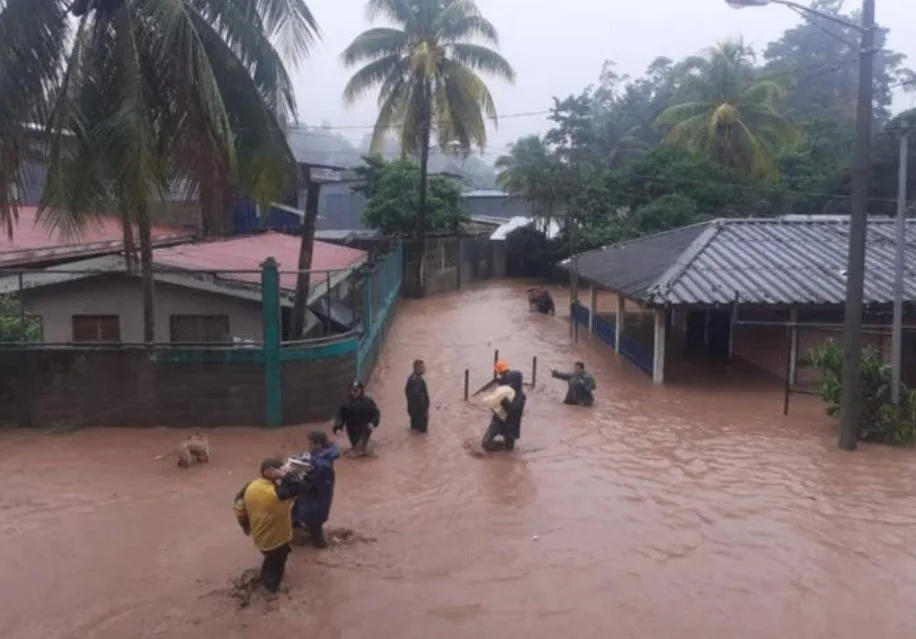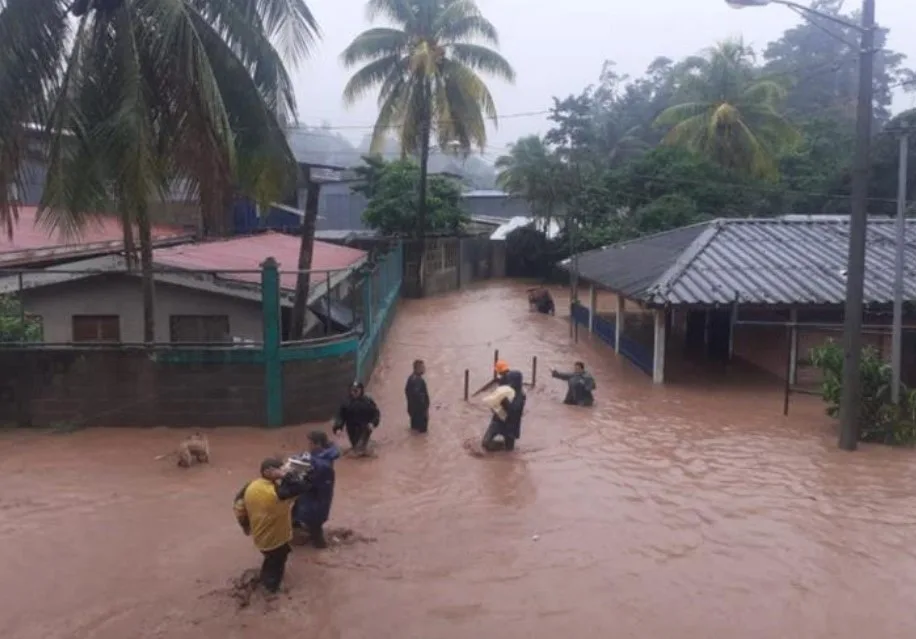
Hurricane Iota hit Nicaragua two weeks after the country was battered by Eta
On this day in weather history, Hurricane Ioat reached peak intensity.
This Day In Weather History is a daily podcast by Chris Mei from The Weather Network, featuring stories about people, communities and events and how weather impacted them.
--
Hurricane Iota was a Category 4 hurricane that formed on Nov. 13, 2020, in the southern Caribbean. It impacted ABC Islands, Colombia, Jamaica and areas in Central America (particularly Honduras and Nicaragua).
On Nov. 14, Iota started to strengthen over warm waters. At the stroke of midnight on Nov. 16, the storm reached Category 2 level. By 6 p.m. on the same day, Iota reached Category 3 status. And at 6:40, the storm reached Category 4 intensity. During this time, Iota produced intense lightning around its southwest eyewall. The lightning was joined by hail, both of which are super rare for hurricanes, because of the warm temperatures associated with the storms.
At 3 p.m., Iota reached its peak intensity as a high-end Category 4 storm, with one-minute sustained winds of 250 km/h.
On Nov. 17, Iota made landfall in Nicaragua, with winds as strong as 233 km/h. Iota made landfall approximately 25 km from where Hurricane Eta made landfall on Nov. 3.
Iota lost a lot of steam as it moved over the mountainous terrain of Central America. The storm continued to weaken as it moved through Honduras. On Nov. 18, Iota weakened into a tropical depression as it made landfall over El Salvador. The same day, the storm dissipated.

"People wade through the flooded community of Wawashang in Nicaragua. Hurricane Iota made landfall Monday evening as a Category 4 hurricane, bringing with it floods, torrential rains, and mudslides. Hurricane Iota is the second powerful hurricane to hit Central America in two weeks. Courtesy of World Vision / Shanda Vanegas."
Nicaragua was the hardest hit, with around 44,000 homes suffering from complete or partial damage. According to Ivan Acosta, Nicaraguan finance minister, Iota caused $564 million (2020 USD) in damages. Iota made landfall as a strong Category 4 hurricane near Puerto Cabezas. Because Hurricane Eta swept through the area a few weeks prior, there were limited damage reports. Eta had knocked out most of the area’s communications.
Iota ripped off the roof of a makeshift hospital that was being used as a replacement for a hospital that Eta destroyed.
Overall, Hurricane Iota caused a power outage across 160,233 homes. In Nicaragua, Iota killed 39 people, and 29 are registered as missing.
Iota also caused fatalities in Honduras, Colombia, El Salvador, Guatemala and Panama. The hurricane’s total death toll is 84, with an additional 41 people missing. Total damages are reported as $1.4 billion (2020 USD).
On Mar. 17, 2021, at the joint 42nd and 43rd meetings of the RA IV Hurricane Committee, it was announced that the name Iota will no longer be in the naming rotating for Atlantic storms. It was also announced that Atlantic hurricanes will no longer be named after the Greek alphabet.
To learn more about Hurricane Iota, listen to today's episode of This Day In Weather History.
Subscribe to 'This Day in Weather History': Apple Podcasts | Amazon Alexa | Google Assistant | Spotify | Google Podcasts | iHeartRadio | Overcast'










